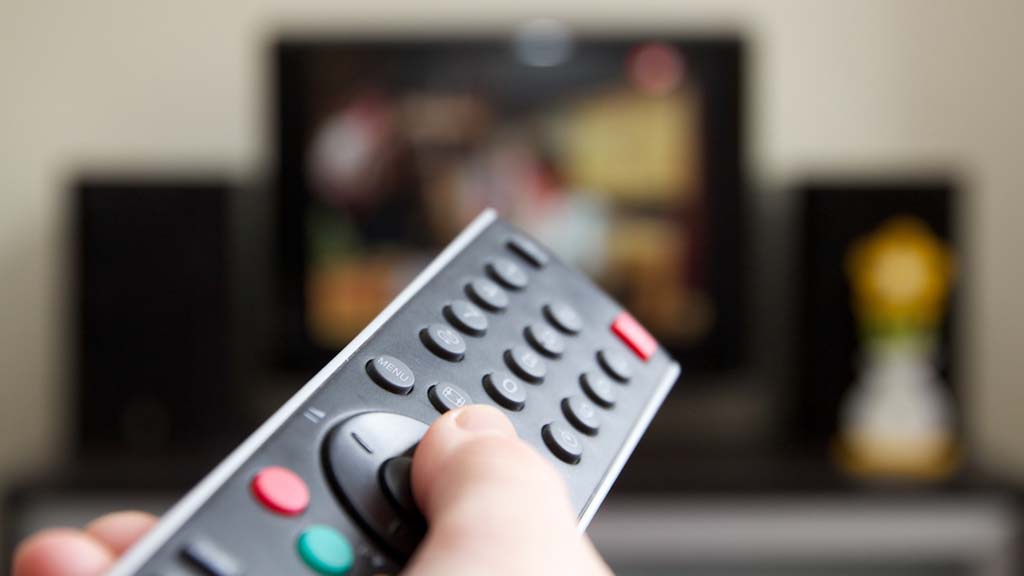Presidential Advisory Council Proposes 'Model City' to Test Spectrum Sharing
WASHINGTON— As pressure increases on the FCC to find more spectrum for wireless broadband, one option being investigated is spectrum sharing. Some examples include sharing of radar spectrum in the 5 GHz band with unlicensed wireless devices and operation of wireless devices in the TV white spaces using a database to protect incumbent users.
The President's Council of Advisors on Science and Technology (PCAST) recommended the Secretary of Commerce establish a public-private partnership “to facilitate the creation of an urban test city that would support rapid experimentation and development of policies, underlying technologies, and system capabilities for advanced, dynamic spectrum sharing. The test services (referenced herein as a ‘Model City’) for demonstrating and evaluating advanced spectrum sharing technologies could include large-scale sustainable facilities for systems-level testing in real-world environments across multiple frequency bands, including public safety and selected federal bands.” The concept has potential but implementation raises several questions.
The FCC is seeking answers in its Public Notice (DA 14-981 titled, “The Federal Communications Commission and the National Telecommunications and Information Administration: Model City for Demonstrating and Evaluating Advanced Sharing Technologies.”
Broadcasters already share spectrum with government operations, notably in the 2 GHz BAS band, as do amateur radio operators.
The Public Notice states: “The purpose of this Joint Public Notice is to build upon the PCAST recommendations on test services necessary to demonstrate and evaluate advanced spectrum sharing technologies through the potential establishment of a Model City program. This program, if established, could facilitate large-scale sustainable facilities for systems level testing in real-world environments across multiple frequency bands, potentially including selected federal and non-federal frequency bands. NTIA and the FCC would work together in accordance with their respective areas of authority. The responses to this Joint Public Notice will help determine whether NTIA and/or the FCC may need to undertake additional actions or initiate formal proceedings.”
The FCC is soliciting ideas on how to move the PCAST recommendation forward and on ways to establish, fund and conduct the Model City program. NTIA and the FCC's Office of Engineering and Technology also seek comment on the types of spectrum sharing innovations and supported applications that would be good initial candidates for demonstrating and evaluating sharing technologies.
Refer to the Public Notice for additional items for which the FCC and NTIA are seeking comments, and also how to file comments.
Get the TV Tech Newsletter
The professional video industry's #1 source for news, trends and product and tech information. Sign up below.

Doug Lung is one of America's foremost authorities on broadcast RF technology. As vice president of Broadcast Technology for NBCUniversal Local, H. Douglas Lung leads NBC and Telemundo-owned stations’ RF and transmission affairs, including microwave, radars, satellite uplinks, and FCC technical filings. Beginning his career in 1976 at KSCI in Los Angeles, Lung has nearly 50 years of experience in broadcast television engineering. Beginning in 1985, he led the engineering department for what was to become the Telemundo network and station group, assisting in the design, construction and installation of the company’s broadcast and cable facilities. Other projects include work on the launch of Hawaii’s first UHF TV station, the rollout and testing of the ATSC mobile-handheld standard, and software development related to the incentive auction TV spectrum repack. A longtime columnist for TV Technology, Doug is also a regular contributor to IEEE Broadcast Technology. He is the recipient of the 2023 NAB Television Engineering Award. He also received a Tech Leadership Award from TV Tech publisher Future plc in 2021 and is a member of the IEEE Broadcast Technology Society and the Society of Broadcast Engineers.
